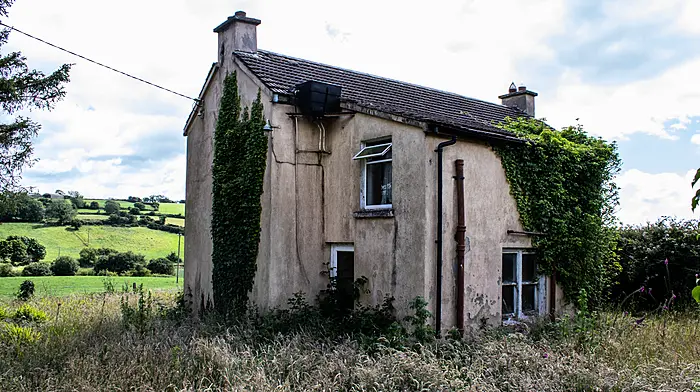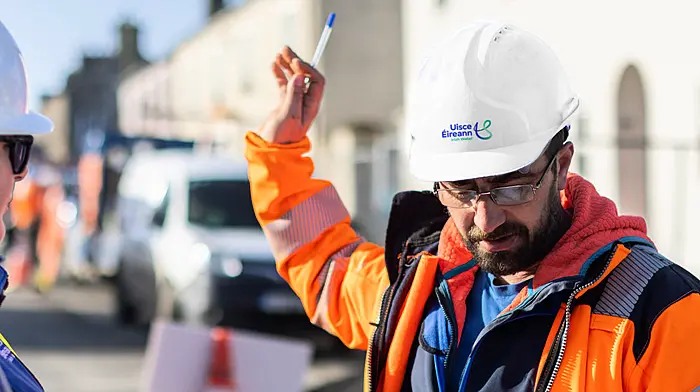THE latest shocking scenes of gardaí being attacked in Ballyfermot in Dublin would make anyone question why a young person would want to join our national police force.
If this incident was a one-off, or even a very rare occurrence, there may still be some attraction in securing a permanent government job protecting its citizens.
But the stark reality is that these kind of ‘mob’ attacks are becoming more common and Ballyfermot certainly has no monopoly on them.
It’s also true that the vast majority of people in the south Dublin suburb are equally shocked by the behaviour of a small group of disenfranchised youths – mostly males – acting despicably.
The advent of social media, which allows these hooligans to film such an encounter and then brag about it by sharing it with friends and on various sites, has no doubt helped to fuel these incidents too.
The social media firms have a lot to answer for in this increasingly angry world. But asking them to step in and help quell the storm of rage is a useless task as ‘click bait’ and any controversies spread online are the essence of their very existence.
And so we are back to educating our young people about right and wrong and the irony of attacking a force that they might one day need to call on themselves.
But that is the long game, and in the meantime, we are losing gardaí from the force at an alarming rate.
Just a few weeks ago, Garda Commissioner Drew Harris confirmed that a massive 450 gardaí had left the force in 2022.
Of course, a significant number of those who left were, as would be expected, retiring members, having reached the relevant age.
But he also revealed that 109 resignation applications were made in one 12-month period, representing just under 1% of all gardaí.
As a result, management of An Garda Siochána have decided to start ‘exit’ interviews to find out why so many are leaving.
But perhaps they just need to take a fleeting look at Twitter or a handful of other social media platforms, and save the money they may otherwise spend on expensive consultants.
Because a brief view of one of several videos showing gardaí being shouted at, assaulted, rammed or cornered, gives a fairly graphic indication of why young gardaí might be thinking there is a better career elsewhere.
The emergence of gangs of youths with negative attitudes towards law enforcement didn’t happen overnight. Social deprivation often leads people into dark places. But there may be some connection, too, with the lack of investment and resources being channelled into our police force in the last few decades.
Commissioner Harris said recently that he wanted to see garda numbers exceed the target of 15,000, but just this week it was reported that nearly a quarter of garda stations saw a fall in garda numbers in the past year, while 42 stations now have no permanent gardaí attached to them.
At a time when public demonstrations are becoming the norm rather than the exception, and a very sinister element is ramping up the vitriol about refugees fleeing war, the government should be prioritising a rapid increase in garda numbers, not overseeing a raft of resignations.
Add to this the fact that our very police force is now being targeted by a thuggish element in our society, then the need for a focussed and immediate recruitment drive is all the more pressing.
And if increases in salaries, better working conditions and environments are what are needed to attract young fit men and women into the force, then so be it.
If the service that is tasked with protecting the public cannot even protect itself adequately, then society is indeed in a very precarious position. All possible measures to halt the rapid decline in numbers must be urgently considered.








